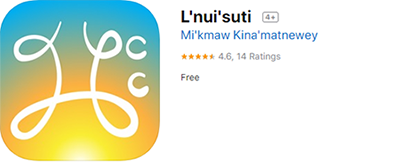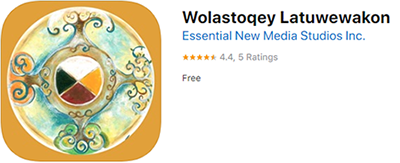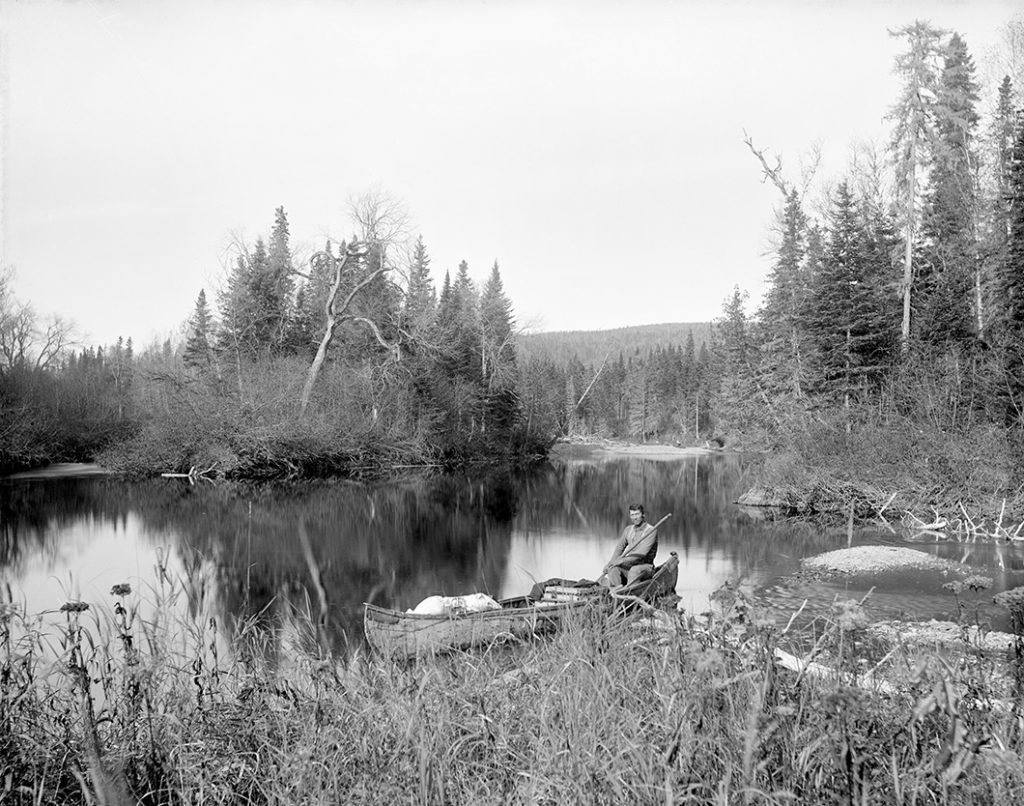Our First Treaty is with Our Earth Mother – This symbolic title was chosen because it illustrates the Indigenous people’s relationship to the Earth, uniting physical and spiritual worlds and the responsibilities associated with this relationship.


To hear either Mi’kmaw or Wolastoqey language, you can download an app on: Mi’kmaw Kina’matnewey or Wolastoqey Latuwewakon
- Mi’kmaq/Mi’kmaw text is written in the Francis-Smith orthography.
- Mi’kmaq is a noun and is always plural – encompassing more than one Mi’kmaw person.
- Mi’kmaw is a singular noun, and an adjective.
- Wolastoq (Saint John River) – the beautiful and bountiful river
- Wolastoqew (singular) – A person who is a descendant of the people of the beautiful and bountiful river.
- Wolastoqewiyik (plural) – people of the beautiful and bountiful river and the name for the nation of Indigenous people who live along Wolastoq (Saint John River)
- Wolastoqey – (adjective) example: Wolastoqey Latuwewakon – Maliseet Language
- Wolastoqi – (adjective) example: Wolastoqi children
- Peskotomuhkati is the name for the people who have applied for First Nation land claims in New Brunswick. They are called Passamoquoddy in the United States.
- North-eastern Waponahki (Wabanaki) or Waponahki (Wabanaki) Confederacy is the traditional government system which consists of 5 nations Wolastoqewiyik, Mi’kmaq, Passamaquoddy, Penobscot and Abenaki.
Sometimes Waponahki (Wabanaki) is referred to as the origin of some material. Waponahki (Wabanaki) Confederacy refers to the Nations of Penobscot (Maine), Passamaquoddy (Maine and New Brunswick), Wolastoqewiyik (New Brunswick, Maine and Quebec), Mi’kmaq (New Brunswick, Nova Scotia, Prince Edward Island, and the island of Newfoundland) and Abenaki. In New Brunswick there are six individual Wolastoqewiyik (Maliseet) First Nation communities, one in Houlton, Maine and two in Quebec, Viger (Whitworth) and Cacouna. There are nine individual communities of the Mi’kmaq First Nation in New Brunswick, 3 in Quebec Gaspé Region (Gasgapegiag (Keskapekiaq), Gespeg (Kespek) and Listuguj (Listukuj)), 13 in Nova Scotia and Cape Breton, 2 in Prince Edward Island and 3 in Newfoundland and Labrador including the Qalipu. There are no Passamaquoddy communities in New Brunswick, however, there are Peskotomuhkatiyik people living along the west coast in southern New Brunswick. There are two Passamaquoddy (Peskotomuhkati) communities situated along Passamaquoddy Bay in eastern Maine.
In this document the term First Nation applies to the entire Wolastoqewiyik, Mi’kmaq or Passamaquoddy (Peskotomuhkati) Nations and not to individual communities.
Wolastoqewiyik has been selected as the contemporary name of the people who were formerly known as Maliseet. Some quotes historically use the word Indian to describe Indigenous people. In these cases, we have left the quotes intact – reflective of a different time and a different relationship.
The Three Nations Education Group Inc. and the New Brunswick Department of Education and Early Childhood Development welcome suggestions for improvements to this curriculum resource. Readers are invited to propose activities or any other suggestions for change that may provide support for this document.
The First Treaty is with Our Earth Mother

How do these two photos demonstrate indigenous people’s relationship with the environment?





